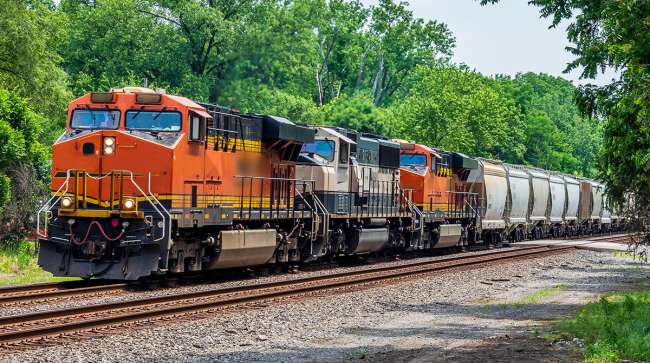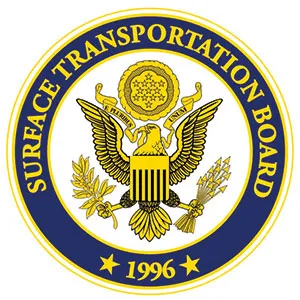STB Modifies Performance Requirements for Class I Railroads

[Stay on top of transportation news: Get TTNews in your inbox.]
Changes are being made in a nearly 2-year-old federal government requirement regarding performance levels at four Class I freight railroads.
The Surface Transportation Board determined in May 2022 that the carriers had “extensive problems” and “poor service.” The carriers are BNSF Railway Co., CSX Corp., Norfolk Southern Corp. and Union Pacific Railroad Co.
In April and May 2022, STB held a public hearing and later issued an order on its concern over the “significant performance deterioration of the freight rail industry.”
The board issued an order requiring all Class I carriers to submit specific reports on rail service, performance and employment. They also were required to submit a service recovery plan, progress reports and historical data, and participate in biweekly conference calls with board staff.
On Jan. 31, the STB modified that reporting requirement after it said the railroads' service performance had improved since 2022 and “the board does not see the need at this time to extend the service data reporting.”

However, the agency did keep in place a requirement that the railroads provide monthly data on hiring and retention plans, and also provide an additional update containing labor force targets. In addition, the railroads are being directed to continue to submit data about trainees in their monthly employment data.
The carriers said they have increased their workforce levels since the spring of 2022 and have met most of their interim labor targets. However, the four railroads still are an estimated 14,000 employees below the pre-COVID 19 pandemic levels, and STB said hiring essentially has been flat for six employment levels, and crew shortages often were cited by STB in the April 2022 hearing as a reason for the service problems.
Want more news? Listen to today's daily briefing below or go here for more info:




